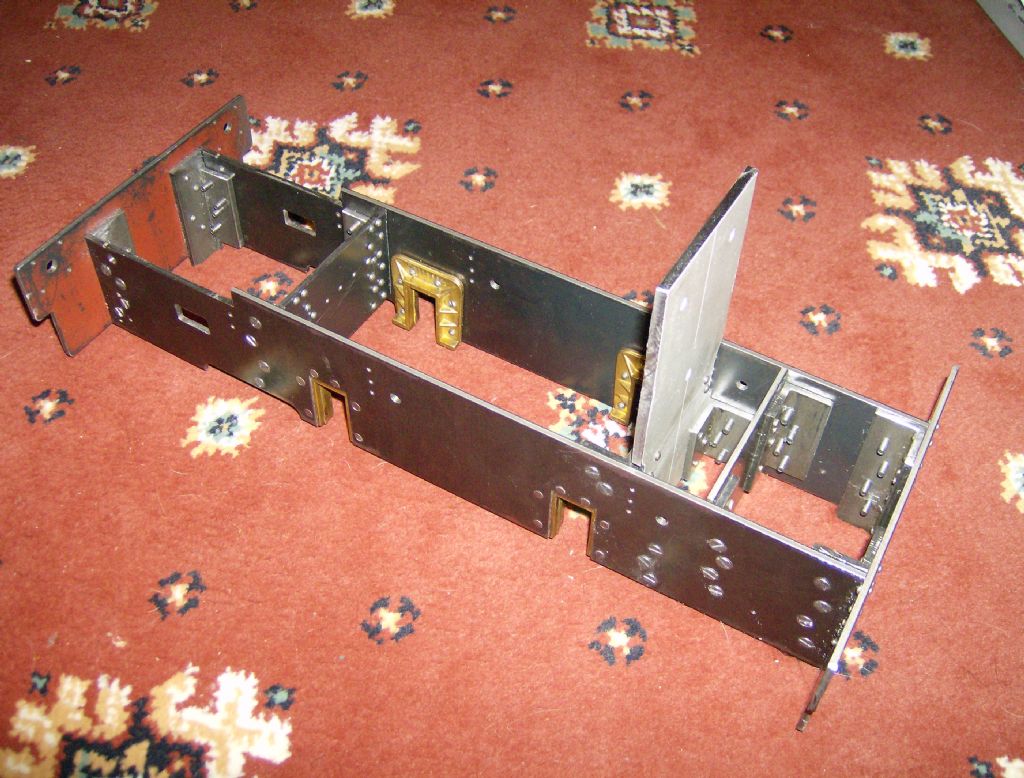That’s incredibly helpful, thanks everyone.
I have been worrying quite a bit about how ball bearings can work OK with moving axles. Looks like PB bushes are the way to go, and be generous with the clearances (suits my style…).
I’ll rivet an extra bit of angle behind the buffer beams – the front already has holes for some ‘dummy rivets’ in the right place.
Andy those pages have really helped me, especially the wheel profile. I’m not sure my shunter will weigh in at 100lbs, perhaps it will reach 20?
I have already decided to pop some lead in the front, as the motor and battery end to end will run from the back of the cab to the front of the engine cover with only a fraction of an inch to spare. This means most of the battery behind the rear axle.
The figures on drawbar pull help me get a perspective. I need at least as much pull as a Tich (10lbs).
My motor is 1amp 2500rpm no load, and about 2000rpm at 7A when I load it. I work out that a Tich must have less than a couple of kilowatts of heating power, but at 1% efficiency that’s only 20 watts at the drawbar. As an electric will be perhaps 40-50% efficient, even with a three stage gearbox and plain bearings, I should be OK. I have been playing with different gearings and was going to go for a 2.5mph top speed at 2000 rpm, I’ll aim for 4mph instead. I can do this by changing just the motor pinion, so if its underpowered I’ll make a smaller pinion and drop the motor down 1/2″.
Progress so far is the frames, buffer beams and stretchers, including a strange, very tall one that the motor will fix to. My camera batteries have gone flat! I’ll post a picture or two soon.
Neil
Sub Mandrel.


 if you know what i mean.
if you know what i mean.



